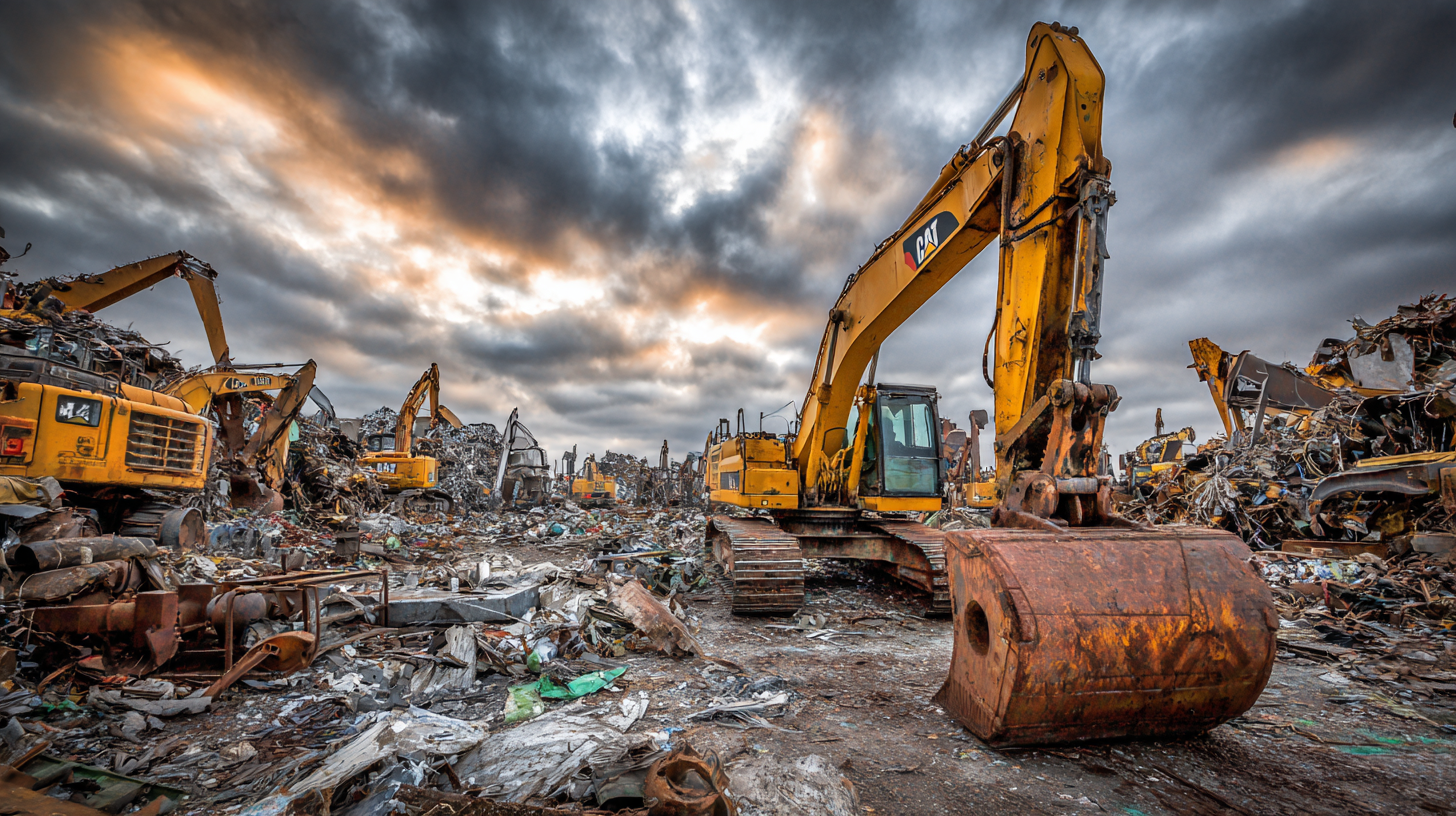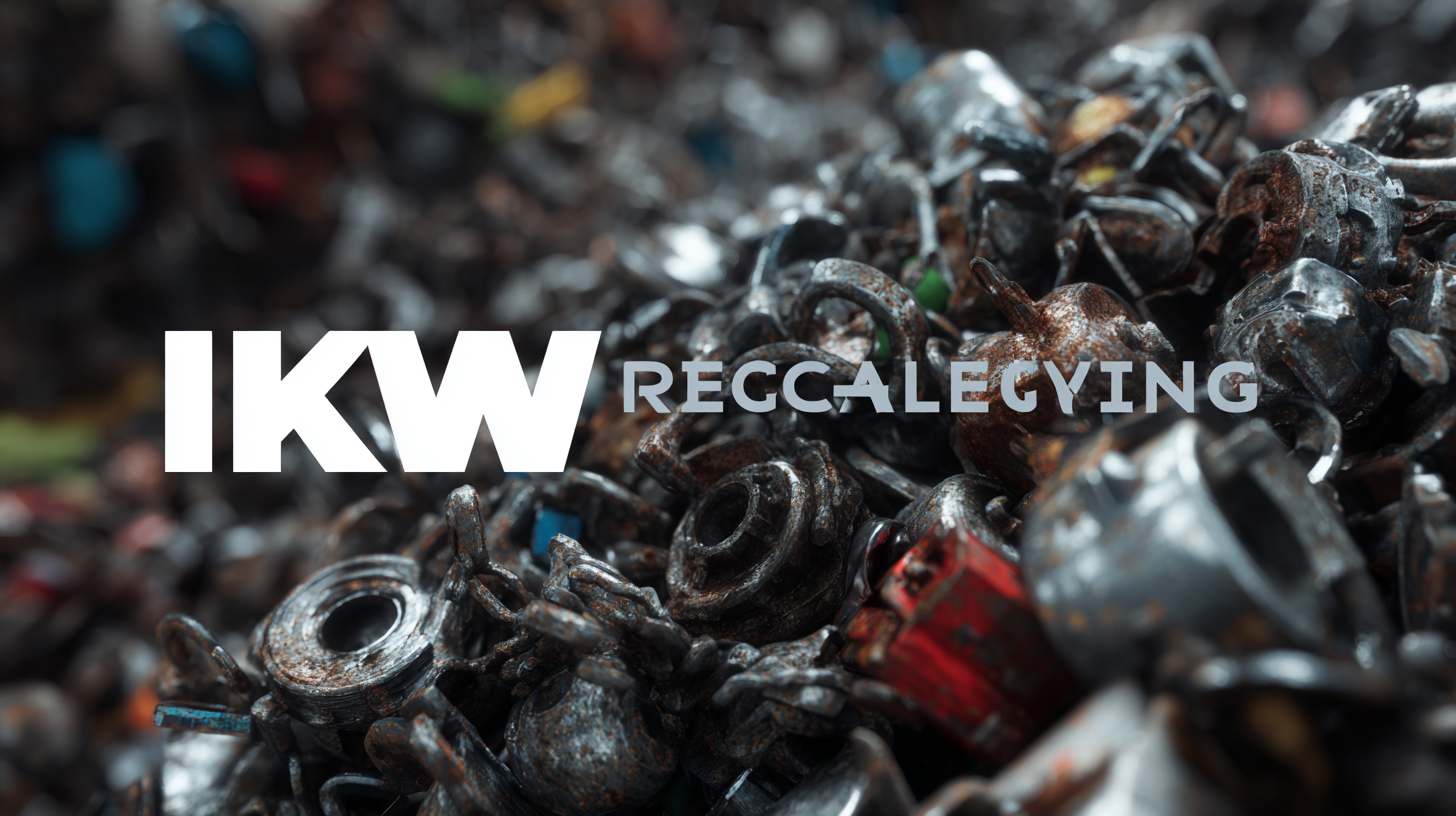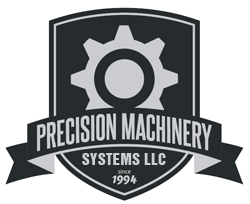Innovative Examples of Best Machinery Recycling Practices in the Industry
In an era where sustainability is becoming paramount, the importance of effective Machinery Recycling practices in the industrial sector is increasingly recognized. Recent reports indicate that the global recycling machinery market is projected to reach $10 billion by 2025, driven by both the rising demand for recycled materials and stringent regulatory frameworks aimed at reducing waste. Innovative recycling practices not only conserve resources but also significantly decrease carbon footprints. For instance, studies show that recycling one ton of steel can save over 2,500 pounds of iron ore, 1,400 pounds of coal, and 120 pounds of limestone. As industries strive to minimize their environmental impact, examining best practices in Machinery Recycling offers valuable insights that not only promote environmental stewardship but also enhance operational efficiency and profitability. Through this blog, we will explore compelling examples that highlight the transformative potential of effective Machinery Recycling across various sectors.

Innovative Technologies Enhancing Machinery Recycling Efficiency
Innovative Technologies Enhancing Machinery Recycling Efficiency
 In today's rapidly evolving industrial landscape, effective machinery recycling practices are becoming increasingly crucial. Innovative technologies play a key role in enhancing the efficiency of recycling processes, ensuring that valuable materials are repurposed effectively rather than ending up in landfills. For instance, advanced robotics and automated sorting systems enable faster and more accurate separation of recyclable components, significantly reducing labor costs and minimizing human error.
In today's rapidly evolving industrial landscape, effective machinery recycling practices are becoming increasingly crucial. Innovative technologies play a key role in enhancing the efficiency of recycling processes, ensuring that valuable materials are repurposed effectively rather than ending up in landfills. For instance, advanced robotics and automated sorting systems enable faster and more accurate separation of recyclable components, significantly reducing labor costs and minimizing human error.
Tip: Implementing a digital inventory management system can streamline the recycling process by tracking which machinery is recyclable and optimizing the logistics involved. This not only saves time but also helps in identifying materials that can be repurposed or recycled more efficiently.
Furthermore, artificial intelligence (AI) is transforming how industries approach machinery recycling. AI algorithms can analyze large datasets to predict the recyclability of various materials and improve sorting mechanisms. This leads to a higher recovery rate of valuable metals and other substances, thereby maximizing the economic benefits of recycling.
Tip: Invest in training for staff on using AI and data analytics tools. This ensures that your team is equipped with the knowledge to leverage these technologies effectively, thus improving overall recycling performance and sustainability within the industry.
Key Criteria for Selecting Machinery for Effective Recycling
When selecting machinery for effective recycling, several key criteria should be prioritized to enhance sustainability and efficiency. According to a report by the Global Recycling Foundation, the right machinery can significantly streamline recycling processes, achieving an operational efficiency increase of up to 50%. One critical factor is the machine's ability to handle a wide range of materials, from plastics to metals. This versatility helps recycling facilities adapt to varying waste streams, ultimately reducing disposal costs and improving resource recovery.
Another essential criterion is energy consumption. A study by the Institute for Energy and Sustainability indicated that energy-efficient machinery can reduce energy costs by up to 30%, making recycling operations not only more cost-effective but also environmentally friendly. Furthermore, the durability and lifecycle of the machinery should also be considered. Investing in high-quality, long-lasting equipment minimizes the need for frequent replacements, which reduces both financial and environmental impacts associated with manufacturing and disposal. By focusing on these criteria, companies can significantly enhance their recycling operations and contribute to a more sustainable industrial ecosystem.
Best Practices from Leading Industries in Machinery Reuse
In the quest for sustainability, industries worldwide are embracing innovative machinery recycling practices that set a benchmark for efficiency and environmental responsibility. Leading companies have implemented circular economy principles, which focus on reusing and repurposing equipment rather than discarding it. For instance, construction firms are now taking apart aging machinery to salvage components, which can be refurbished and integrated into new models. This not only reduces waste but also cuts costs associated with manufacturing new parts.
Moreover, the automotive industry offers compelling examples of machinery reuse through remanufacturing processes. By refurbishing engines and other vital components, manufacturers significantly extend the lifecycle of their equipment. This practice minimizes the need for raw materials and energy consumption, showcasing a dual benefit of economic savings and a reduced carbon footprint. Furthermore, information-sharing platforms and collaborative efforts among businesses are facilitating the exchange of best practices, allowing industries to learn from each other's successes in machinery recycling. This collective approach enhances innovation and accelerates the transition towards more sustainable practices across the board.
Innovative Examples of Best Machinery Recycling Practices in the Industry
| Practice | Industry | Material Reused | Percentage Recycled | Outcome |
|---|---|---|---|---|
| Closed-Loop Recycling | Automotive | Aluminum | 95% | Reduced waste and energy consumption |
| Refurbishment and Remanufacturing | Construction | Heavy Machinery Components | 85% | Extended product lifespan |
| Parts Harvesting | Electronics | Circuit Boards | 80% | Lower e-waste levels |
| Material Substitution | Aerospace | Titanium Alloys | 70% | Cost savings and sustainability |
| Energy Recovery | Manufacturing | Scrap Metal | 90% | Sustainable energy generation |
Case Studies: Successful Machinery Recycling Initiatives
Machinery recycling is gaining momentum as industries strive for sustainability and efficiency. One notable case study is the initiative taken by a leading construction equipment manufacturer that transformed its end-of-life machines into valuable resources. By creating a dedicated recycling program, the company successfully dismantled older equipment and repurposed metal, plastics, and electronics. This not only minimized waste but also reduced the demand for new raw materials, showcasing a circular economy model in action.
Another exemplary practice can be found in the automotive industry, where a major car manufacturer implemented an innovative recycling strategy that focused on battery waste management. By establishing partnerships with recycling firms, the company ensured that used batteries were collected and processed to extract lithium, cobalt, and other essential materials. This initiative significantly decreased environmental impact while fostering a sustainable supply chain for future vehicle production. Such case studies highlight the importance of strategic initiatives in machinery recycling, paving the way for more industries to adopt similar practices.

Future Trends in Machinery Recycling and Sustainability Practices
As we navigate the future of machinery recycling, it's essential to focus on the evolving trends that enhance sustainability in this sector. The lithium-ion battery recycling market is expected to witness significant growth, driven by increasing demand for sustainable practices in electronic waste management. Recycling processes will diversify based on chemical compositions such as lithium cobalt oxide and lithium iron phosphate, allowing for more efficient recovery of valuable materials.
One of the primary future trends is the transition towards a circular economy where manufacturers are compelled to reassess their linear production methods. This involves prioritizing sustainable supply chains and clean energy initiatives. Companies are beginning to integrate recycling practices into their product lifecycle, ensuring that end-of-life machinery and components are repurposed effectively.
**Tip:** Participating in collective recycling programs can magnify impact, as collaboration often leads to better resource recovery.
To further the sustainability agenda, industries should invest in advanced battery recycling technologies that promise tighter material recovery rates and lower environmental footprints. As we approach 2024, embracing innovative recycling methods and promoting awareness will be paramount for achieving net-zero emissions and a sustainable future in machinery manufacturing.
**Tip:** Stay informed about regulatory changes surrounding e-waste and solid waste management to ensure compliance and capitalize on emerging opportunities.
